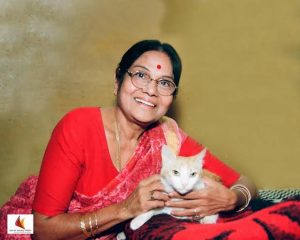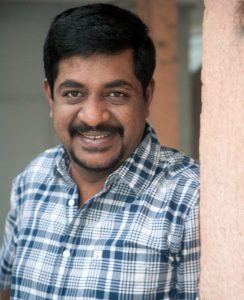
Manjeshwar Govinda Pai, also known as Rastrakavi Govinda Pai, was a Kannada poet.
Govinda Pai was born on 23 March 1883 in a Konkani Goud Saraswat Brahmin family at his maternal grandfather’s house in Manjeshwar. He was the first son of Mangalore Sahukaar Thimmappa Pai and Devaki Amma. Govinda Pai went to Mission School and then went to Canara High School in Mangalore. For a college education, Pai went to Madras (Chennai). Due to the sudden death of his father, he had to return.
He was awarded the first Rashtrakavi title by the Madras Government (Kasaragod district was part of the South Kanara district of Madras Presidency prior to the linguistic reorganization of States on 1 November 1956). Rashtrakavi M. Govinda Pai was the one who put Manjeshwar(now in Kerala) on the literary map of India.
Govinda Pai was also a prolific prose writer. His earliest composition in prose was Srikrishna Charita (1909) which makes for remarkable reading. Govinda Pai narrated the story of Christ’s crucifixion in his work Golgotha (1931). The next three panegyrics published by him; Vaishakhi, Prabhasa, and Dehali, narrated the last days of the Buddha, God Krishna, and Gandhi respectively; were a result of the huge success of Golgotha. His best works written in blank verse, viz., Golgotha (The last days of Christ, published in 1937), Vaisakhi (The last days of Buddha, published in 1946), and Hebberalu (The Thumb, the Story of Ekalavya Retold, published in 1946) have won a lasting place in the gallery of the greatest poets of Kannada literature. Gommata Jinastuti was his first published work. He introduced the sonnet form into Kannada. Hebberalu dramatizes the story of Drona and Ekalavya, characters from the epic Mahabharata.
Govinda Pai also enriched Kannada learning with his historical studies and research. He was an authority on the chronology and history of Tulunad. His works also testify to his universal outlook as well as to his deep compassion for the poor and the downtrodden.
He was able to read and write fluently in 25 languages including Tulu, Malayalam, Sanskrit, Telugu, Tamil, Marathi, Bengali, Persian, Pali, Urdu, Greek, and Japanese apart from Kannada, Konkani, and English. He translated several Japanese works into Kannada.
In 1949, the then-Madras Government conferred on him the Rashtrakavi Award. On his 125th birth anniversary, a national award was instituted in his name, and his old house at Manjeshwar is mooted to be a national monument. Govind Pai was also acknowledged by the government of Kerala. The Govind Pai Memorial College is a part of Kannur University in Manjeswar is a testimonial for this.
Picture Credits- https://en.wikipedia.org/wiki/M._Govinda_Pai



